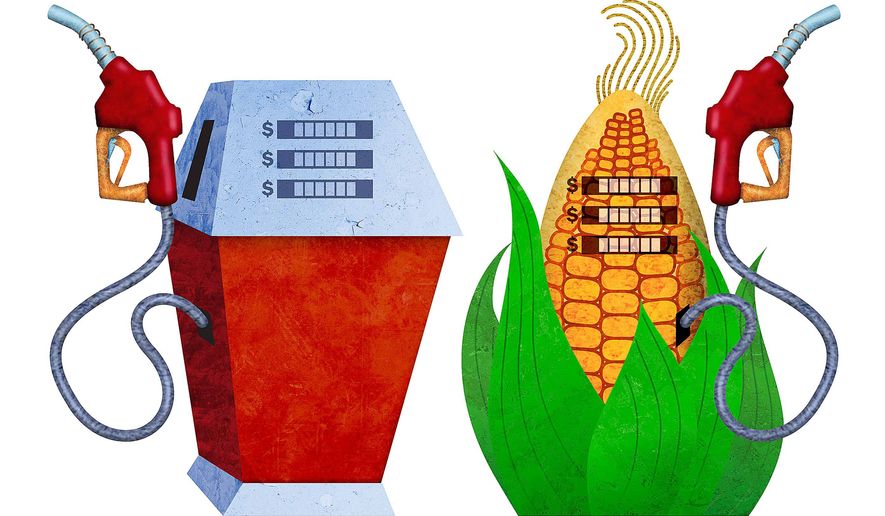 |
| ethanol |
Cumulative imports in the first semester of 2018 stand at 1.22 billion liters, down 5% from a year ago.
Almost the entire volume imported in June entered Brazil via the North-Northeast region.
Brazil's North and Northeast regions are a net importer of ethanol. The region is supplied by imports from the US but also by regional transfers from the Center-South.
The lower imports in June were already expected as from April to September, when the CS sugarcane crush is taking place, the CS becomes the usual supplier of the North-Northeast.
The combination of lower imports and higher freight prices to bring product from the CS have translated to record prices in the NNE over the past week.
S&P Global Platts assessed anhydrous ethanol DAP Suape at Real 2,250/cu m last Friday, the highest since the assessment was launched by Platts in November 2017.
Brazil's North and Northeast regions are net importers of ethanol either from Center-South or the US. From April to September -- the peak of CS sugarcane crop -- the ethanol from there is the usual supplier to the NNE and any floating in freight rates might trigger a price movement.
Lower ethanol prices in the CS over the past days could soon be translated into more competitive offers in the Northeast.
In addition to the possible new transfers from Southeast Brazil, some vessels coming with anhydrous ethanol from US might cap the spot price in the short term.
A local shipping agency has reported that eight vessels are expected to discharge roughly 70 million liters of anhydrous ethanol between the ports of Sao Luis, Fortaleza, Suape and Maceio in July.
Platts assessed US anhydrous ethanol delivered in Suape without the 20% import tariff at Real 2,114.77/cu m. However, if the duty paid was considered, the landed price would surge to Real 2,507.72/cu m, hampering the open import arbitrage.
Last year, in September, Brazil imposed a tariff of 20% on quarterly import volumes greater than 150 million liters.
Total imports in 2018 should reach just over 1.5 billion liters, Platts Analytics estimates, down around 14% from 2017, but still the second-highest volume of ethanol to be imported in the country.
The deficit of anhydrous is estimated to be lower this season as a larger portion of the sugarcane crop is expected to be directed towards ethanol production.
Platts Analytics estimates 60.5% of the cane crush to be directed to ethanol, compared with 53.4% in the past season. This should translate to a total of 27.72 billion liters, up 65% year on year.









No comments:
Post a Comment